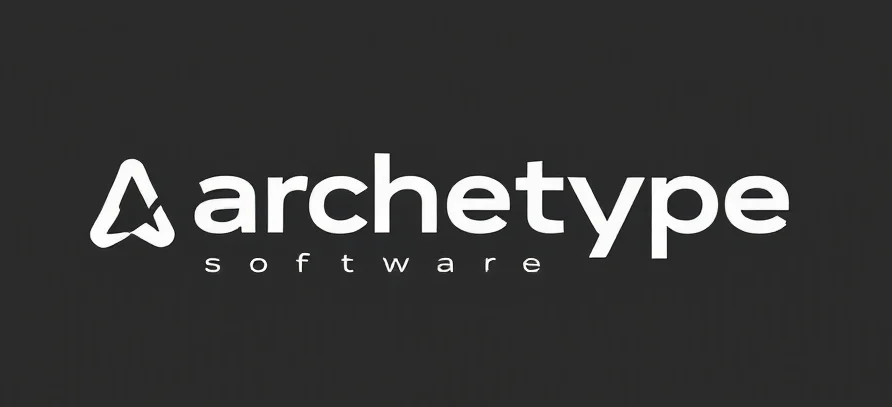Decoding the Mysteries of Target Funnels: A Journey Through Consumer Psychology
Imagine you’re navigating a vast galaxy of potential customers, each on their own unique journey towards discovering your product or service. It’s a complex universe out there, filled with countless touchpoints, decision points, and hidden motivations. As a marketer—or even as a sci-fi enthusiast—understanding how to guide these travelers effectively is crucial. That’s where the concept of target funnels comes into play, offering a map to help you lead your audience from curiosity to conversion with precision and purpose.
The Archetypes of Consumer Behavior
Meet the Characters of Your Funnel
Think of your potential customers as characters in a sci-fi saga, each with distinct traits, motivations, and missions. Recognizing these archetypes helps you craft tailored messages that resonate deeply. The article from Vynta.ai breaks down these archetypes into clear categories, transforming abstract data into relatable personas. First, there’s the **Explorer**—the curious mind eager to learn more, seeking new solutions or experiences. They’re in the early stages of their journey, scanning the galaxy for options. To engage them, your messaging needs to be informative, intriguing, and inviting. Next, we have the **Seeker**—the person who’s already aware of their problem and actively searching for the best fix. Their path is more focused; they’re comparing options and weighing the pros and cons. Here, your goal is to highlight your unique value proposition and build trust. Then there’s the **Decider**, who’s ready to make a choice. They need that final nudge, reassurance, and clarity. This archetype responds well to social proof, guarantees, and straightforward calls to action. Finally, the **Loyalist**—coming after the initial conversion—values ongoing engagement and brand loyalty. They’re the ones who can turn into ambassadors, spreading the good word across the galaxy.Mapping the Funnel: From Awareness to Advocacy
The Journey of the Customer
Picture the customer journey as a space voyage, with each phase of the funnel representing a different stage of exploration: 1. **Awareness**: The initial launch. The Explorer stumbles upon your planet—your brand—through ads, content, or word of mouth. Your mission here is to capture attention and spark curiosity. 2. **Interest & Consideration**: The Explorer becomes a Seeker, gathering intel, comparing star charts, and evaluating options. Your role is to provide valuable content, demos, or testimonials that help them understand why your planet is the best destination. 3. **Decision**: The Seeker reaches the landing zone—ready to decide. The Decider archetype is at the helm now, seeking reassurance that their choice is safe. Offering clear pricing, guarantees, and social proof can tip the scales. 4. **Action & Loyalty**: The customer lands on your planet—makes a purchase—and, if all goes well, becomes a Loyalist, returning for more and spreading the word. Understanding these stages allows you to craft targeted messaging that speaks directly to each archetype at the right moment, guiding them smoothly along their journey.Why Archetypes Matter in Building Your Target Funnels
Storytelling is a powerful tool, especially when you recognize the characters you’re speaking to. Instead of bombarding your audience with generic messages, you tailor your communication based on their archetype. This approach makes your marketing feel personal, relevant, and engaging—like a compelling sci-fi narrative where each character’s motivations are understood and addressed. For example, a brand selling high-tech gadgets might create different campaigns: one that teases innovations for Explorers, detailed comparisons for Seekers, and testimonials for Deciders. Over time, this targeted approach builds trust, shortens the sales cycle, and fosters loyalty.Putting It All Together: Crafting Your Own Target Funnel
To build an effective target funnel inspired by these archetypes, start with deep customer research. Identify which archetypes your audience aligns with and develop messaging strategies tailored to each. Use storytelling techniques—emphasize journeys, challenges, and triumphs—to make your brand resonate. Remember, the goal isn’t just to push a product but to guide your customers through an engaging narrative—one where they feel understood and valued at every stage. By doing so, you’ll not only improve conversions but also create a community of loyal fans who believe in your mission.Final Thoughts: The Future of Target Funnels
As sci-fi fans, we love imagining worlds where understanding complex systems unlocks incredible possibilities. In marketing, understanding your audience through the lens of archetypes and target funnels does just that—it transforms chaos into clarity. With a strategic map in hand, you can navigate the vast universe of consumer behavior, turning potential prospects into lifelong allies. So, whether you’re crafting your first campaign or refining an existing one, remember: knowing your characters and guiding them through their journey is the key to success. Explore the full insights on target funnels and start mapping your own stellar customer journey today!Checkout ProductScope AI’s Studio (and get 200 free studio credits)
